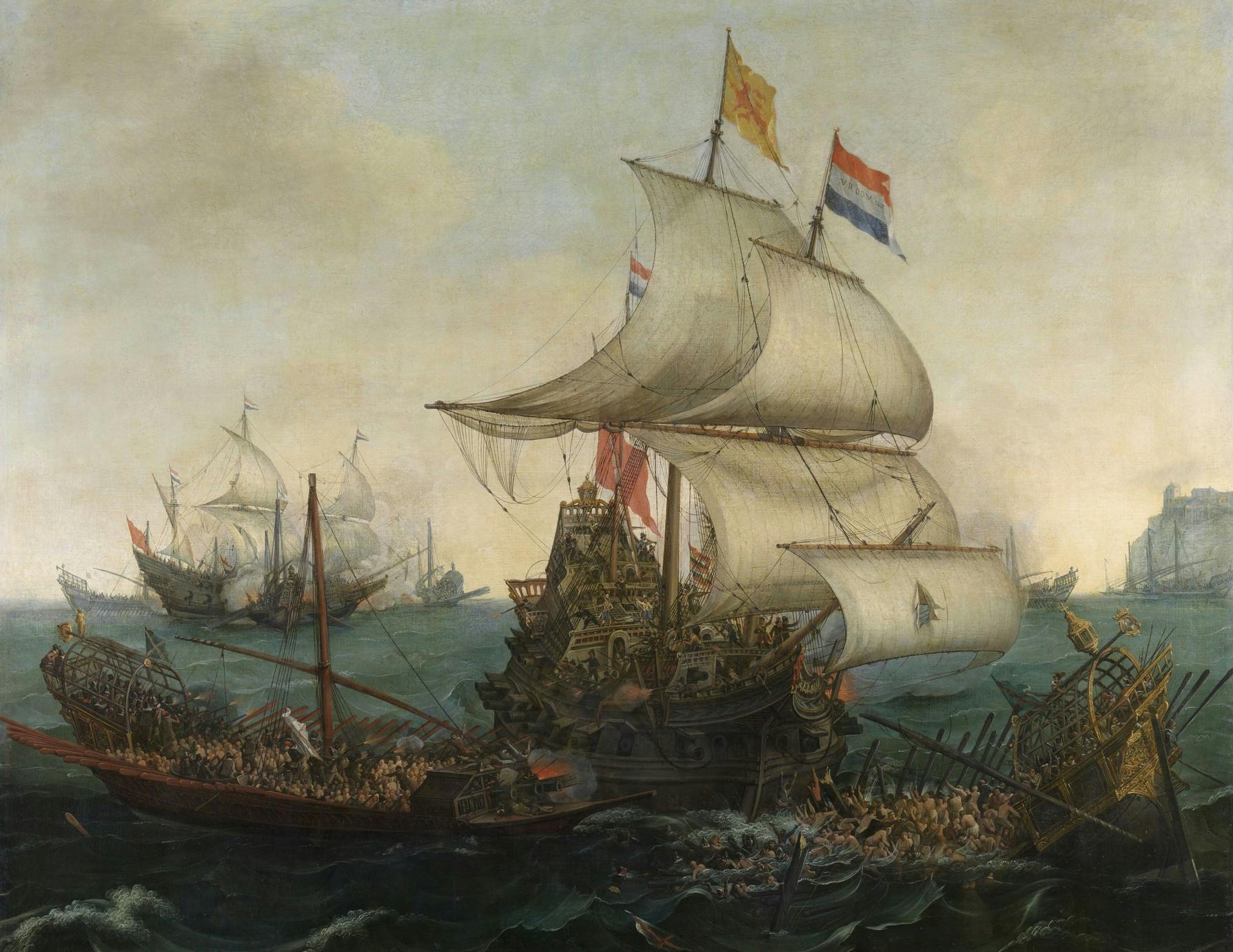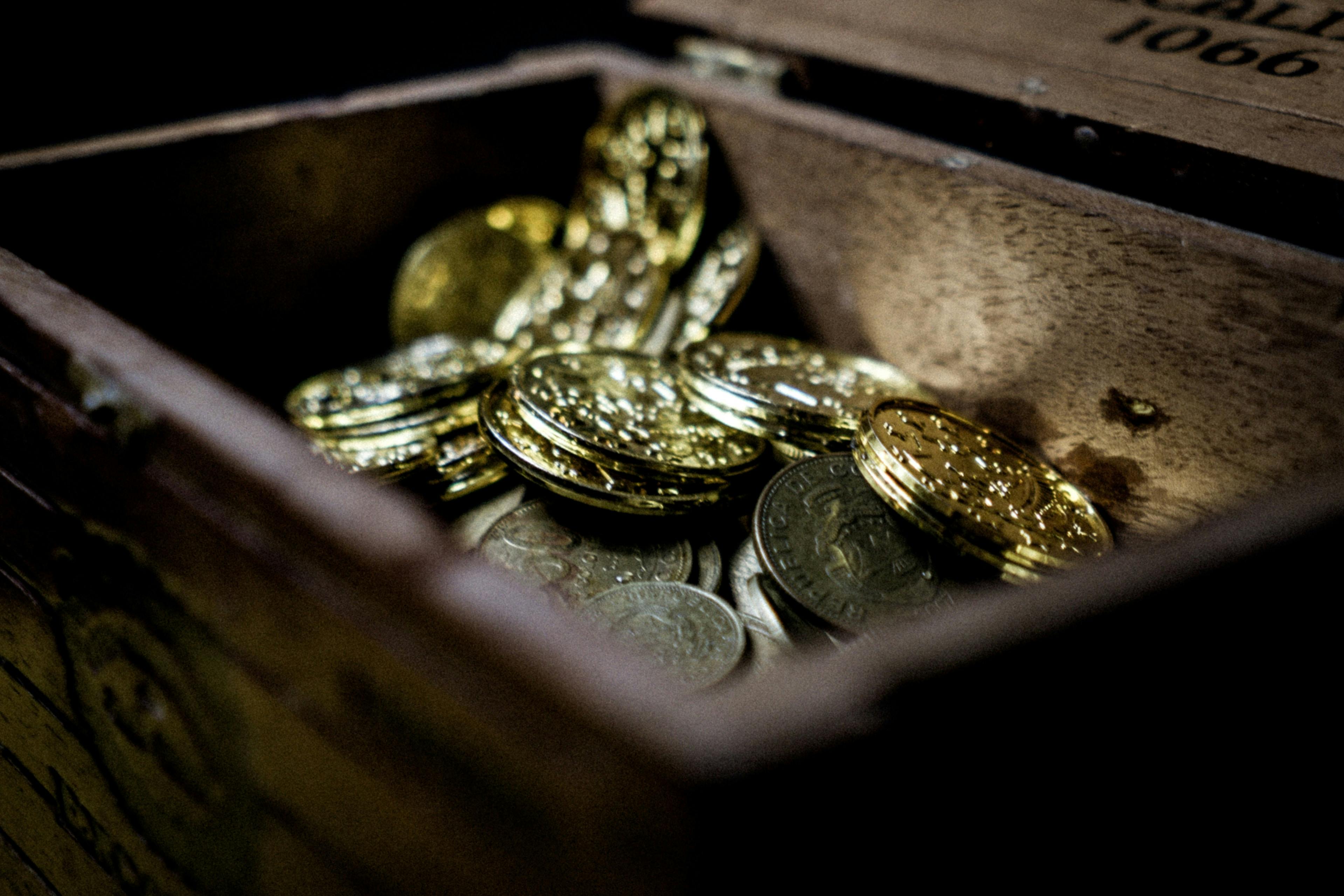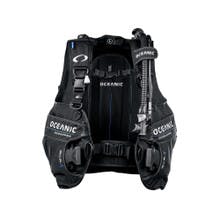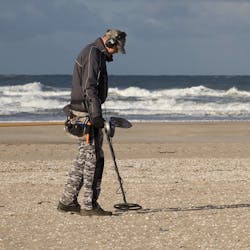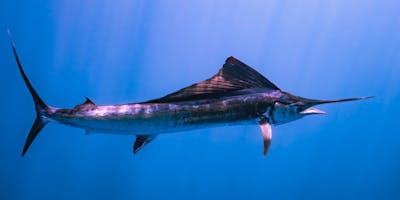In late July, the fleet was struck by a hurricane after leaving their port just 5 days before. The powerful winds and waves of the storm slammed the entire fleet into the shallow reefs, crushing the ships and killing well over 1,000 of the 2,500-person crew. The ships had wrecked over several miles of reef.
Once word of the wrecking had reached back to Cuba, several ships were loaded with emergency supplies and salvage equipment to recover the lost treasures. The salvage ships quickly brought up chests of coins, gold, and jewelry totaling over 5 million piastres by late October. When news got out about the sunken treasures, pirates, privateers, and looters had come to take their share. After 3 years, the Spanish had recovered around 80% of the lost cargo, and the salvage camp was abandoned leaving an abundance of treasure to remain on the ocean floor for almost 250 years!


